Jctprint Machinery Co., Ltd
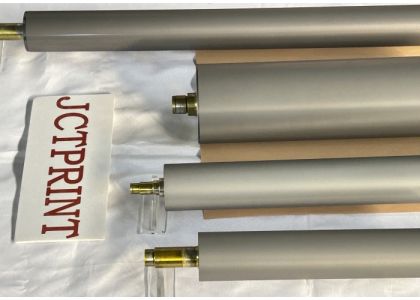
In the printing and packaging industry, the line count (LPI, lines per inch) of an anilox roller directly affects print quality and ink transfer performance. High-LPI anilox rollers (typically above 200 LPI) are ideal for precision printing but come with certain limitations. As a professional printing roller manufacturer, JCTPRINT (www.jctprinting.com) analyzes the advantages and disadvantages of high-LPI rollers and guides you on when to choose rollers above 200 LPI.
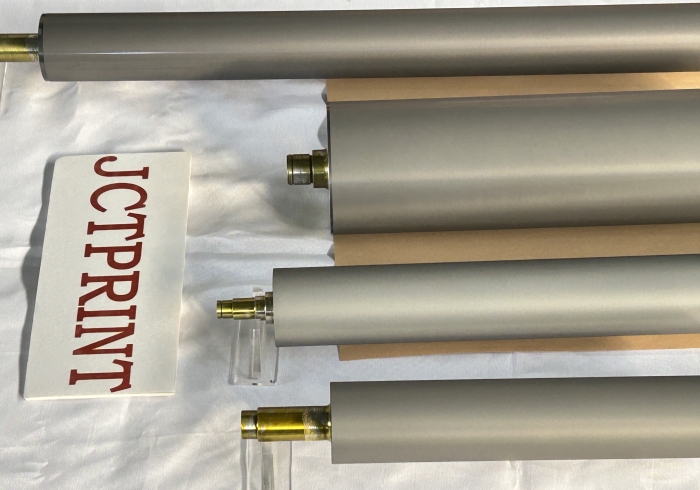
The LPI (Lines Per Inch) of an anilox roller indicates the number of cells per inch—higher LPI means denser cells and finer print details.
Low LPI (e.g., 150-200 LPI): Suitable for corrugated board and other rough substrates.
High LPI (200+ LPI): Used for labels, films, cigarette packaging, and premium printed boxes requiring high precision.
Smaller, more tightly packed cells reproduce finer halftone dots, making them ideal for high-resolution printing (e.g., gradients, fine text).
For example, 800-1200 LPI rollers are commonly used for cigarette packaging, pharmaceutical labels, and luxury product packaging.
The tightly arranged cells minimize ink pooling, ensuring stable color consistency.
In flexographic printing, high-LPI rollers can maintain excellent ink transfer even at faster press speeds.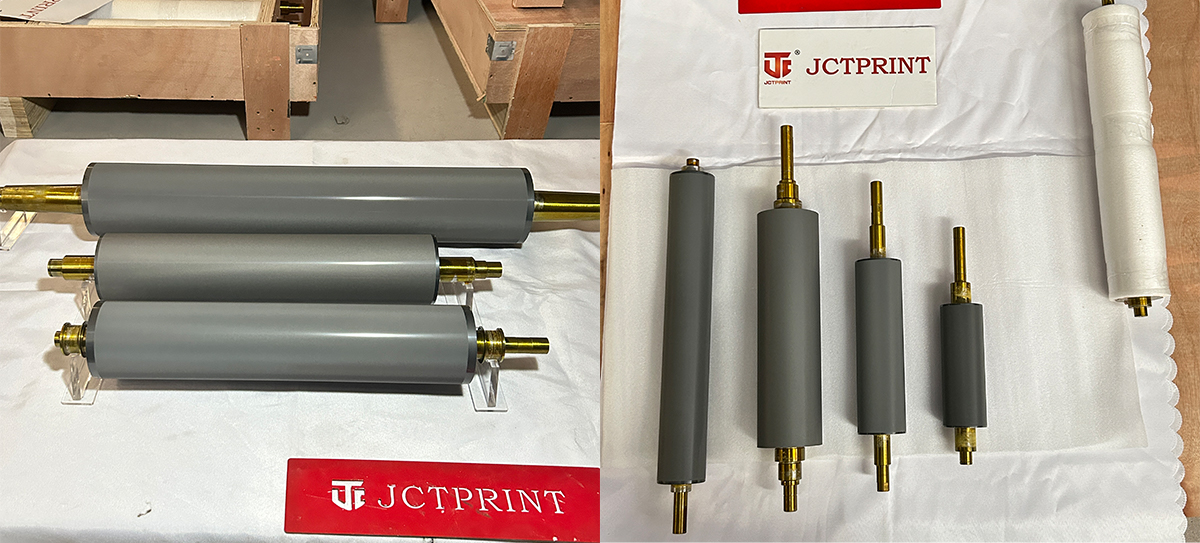
Smaller, shallower cells hold less ink, potentially requiring multiple passes or ink adjustments for solid areas.
Ink: Low-viscosity, free-flowing inks (e.g., UV or water-based) are essential to avoid clogging.
Substrates: Smooth surfaces (e.g., films, coated paper) are ideal; rough materials (e.g., corrugated) may cause uneven prints.
High-LPI rollers are more expensive to manufacture and require rigorous cleaning to prevent dried ink from clogging cells.
| Application | Recommended LPI Range | Common Uses |
|---|---|---|
| Label & sticker printing | 200-600 LPI | Product labels, barcodes |
| Plastic film/flexible packaging | 400-800 LPI | Food bags, consumer goods packaging |
| Premium boxes & cigarette packaging | 800-1200 LPI | Luxury boxes, cigarette packs |
| Metal foil printing | 600-1000 LPI | Wine labels, cosmetic packaging |
❌ Corrugated or kraft paper (rough surfaces)
❌ Solid-color printing requiring heavy coverage
❌ High-viscosity inks (e.g., some solvent-based inks)
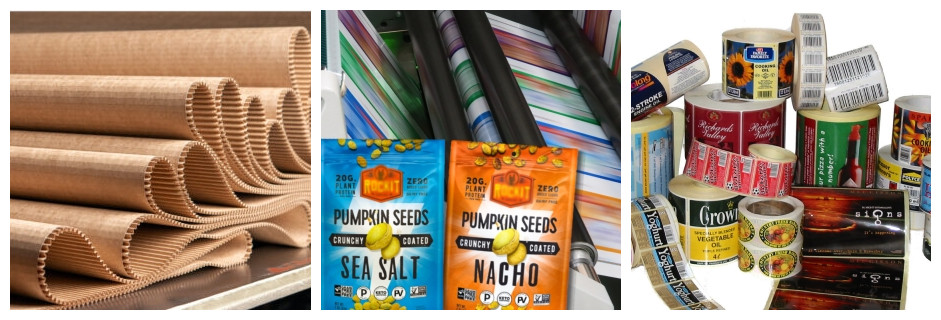
Prefer low-viscosity, high-flow inks (e.g., water-based or UV) to prevent clogging.
High-LPI cells are more delicate—adjust pressure to avoid premature wear.
Use specialized cleaners and ultrasonic cleaning systems to prevent dried ink buildup.
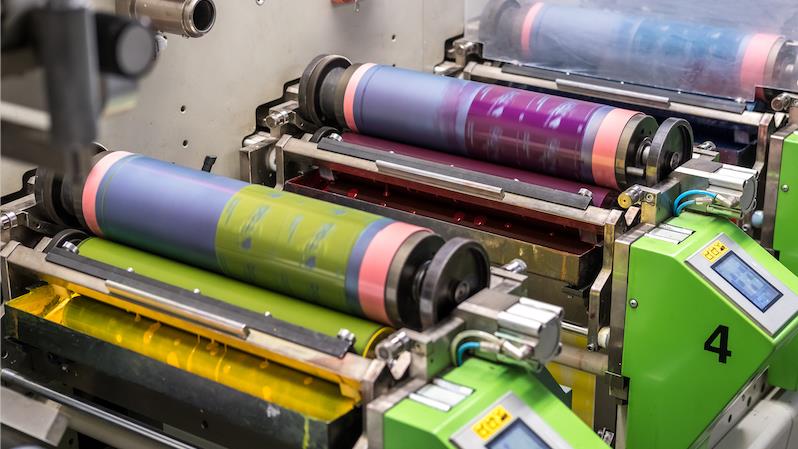
High-LPI anilox rollers (200+ LPI) deliver exceptional print clarity but must be matched with compatible inks, substrates, and processes. For custom high-precision anilox rollers, trust JCTPRINT’s expertise!